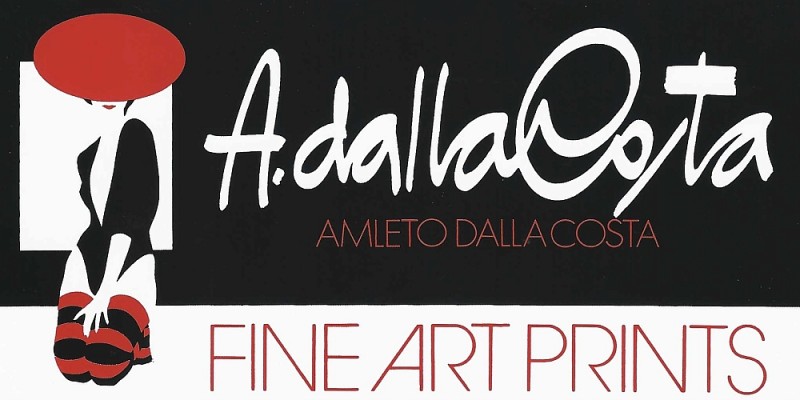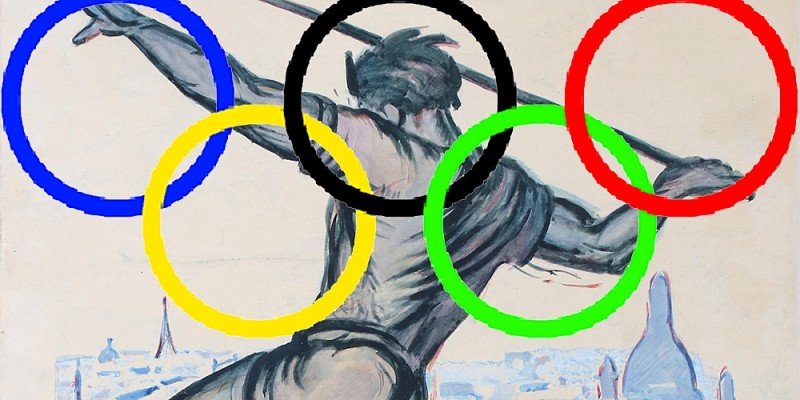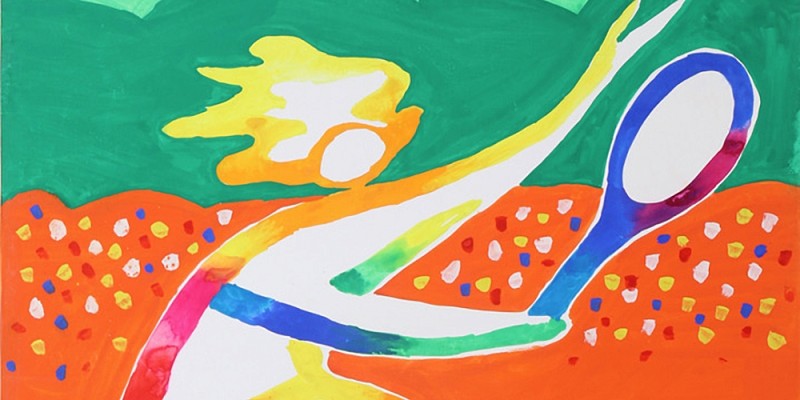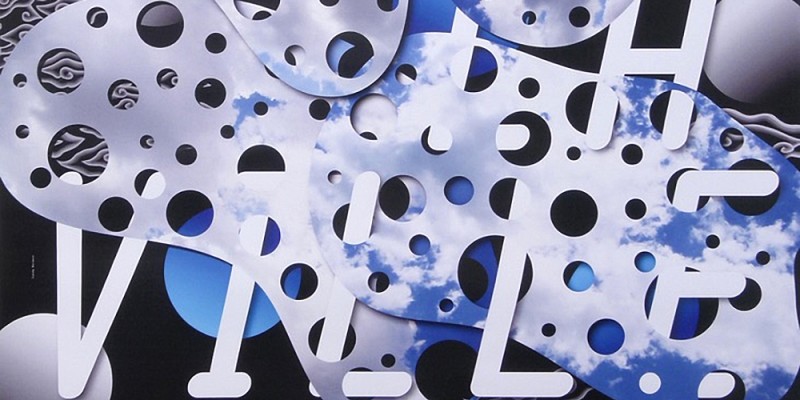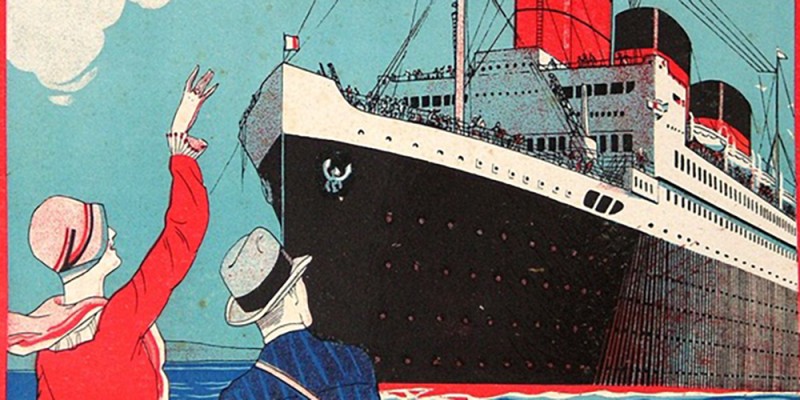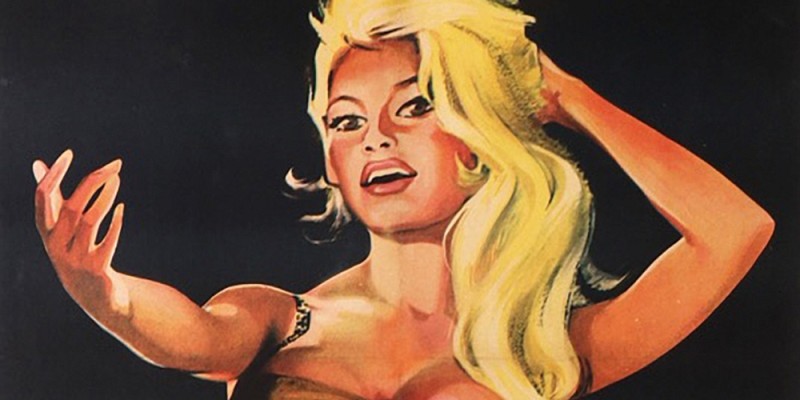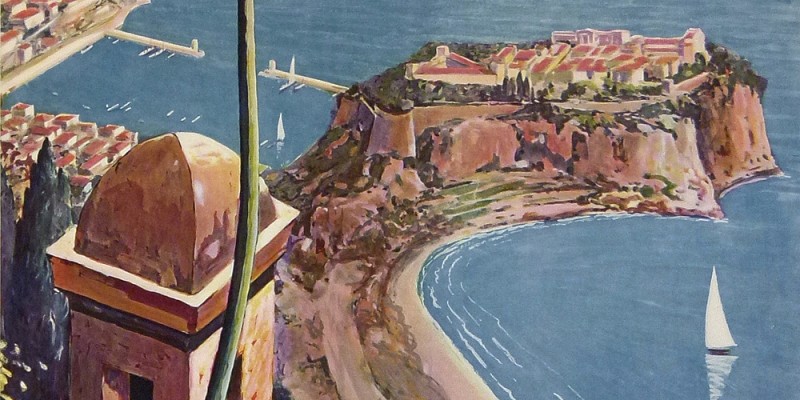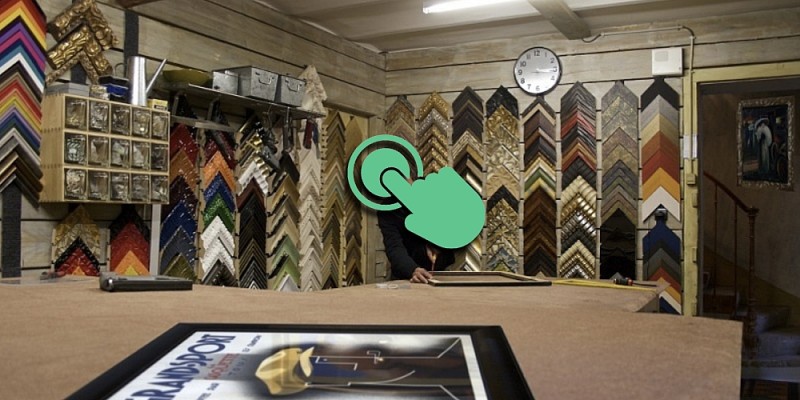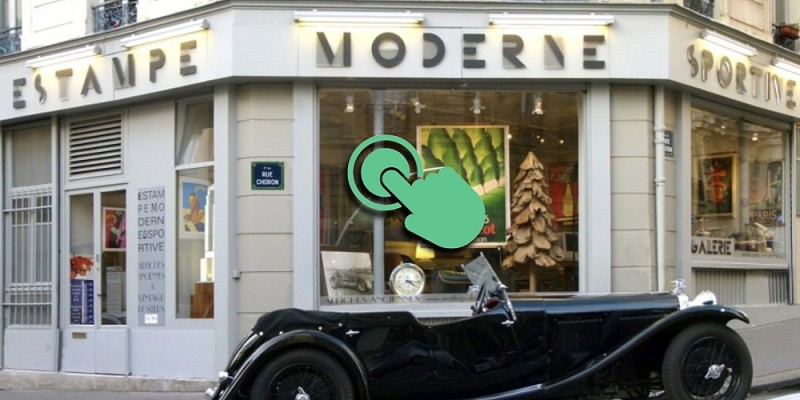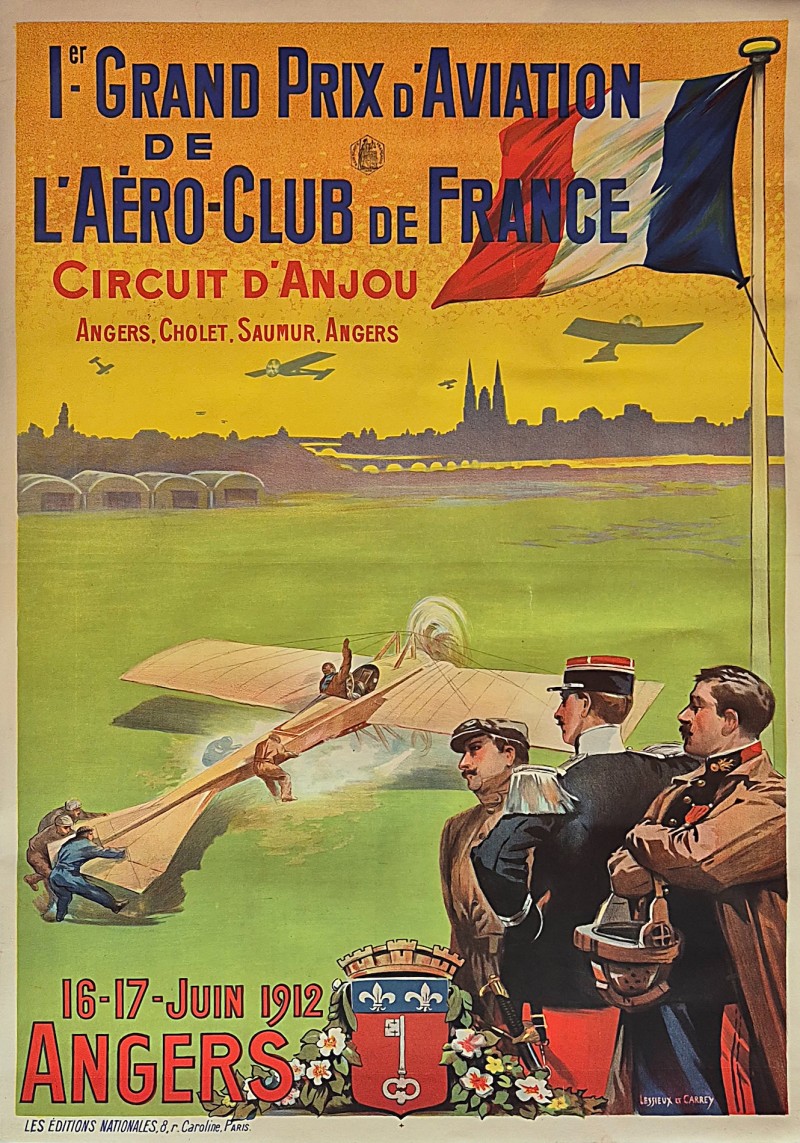
PREMIER GRAND PRIX D'AVIATION CIRCUIT D'ANJOU de L'AÉRO-CLUB de FRANCE 16-17 Juin ANGERS
Antique vintage posters from LESSIEUX Louis Ernest
( 1874 - 1938 )
HISTORY
The Circuit d'Anjou consists of completing the 156-km-long Angers-Cholet-Saumur-Angers triangle seven times in two days, between 9 a.m. and 7:30 p.m. Three times on June 16 and four times on June 17, for a total of just over 1,100 km. It is the first city-to-city triangular air race in France. The first finisher wins 50,000 francs. Second place wins 20,000 francs. Third place wins 15,000 francs. Fourth place wins 10,000 francs. Fifth place wins 5,000 francs. The fastest finisher over the seven laps wins the Grand Prix de Vitesse (20,000 francs). The Rules:
The start and finish lines marked on the Angers, Cholet, and Saumur airfields must be crossed in flight and flown around on the right, under penalty of disqualification.
The traffic rules are those of the FAI: when a competitor overtakes another competitor, they must do so on the right.
If two competitors pass each other (which should not happen), they do so on their right.
A distance of 50 m between aircraft is recommended, as well as a flight altitude of 20 m.
Preparations: To allow the large multi-seat biplanes to compete with the fast single-seat monoplanes, the organizers, who wanted balanced rules, imposed handicaps on the light monoplanes at the last minute in the form of ballast.
Henri Mirguet wrote in L’Aérophile: “Who will win? Difficult to answer. It seems that
victory in the Grand Prix will probably go to a moderately loaded aircraft, a biplane, for example, but
that's just a very risky prediction!"
Thirty-five pilots are at the start.
Roland Garros is piloting a Blériot monoplane, a personal one, made of canvas and bamboo, based on the model that had crossed the Channel in 1909, with improvements and a 50 hp Gnome engine.
Official postcard announcing the arrival of Roland Garros.
June 16, 1912
Garros in flight over the Circuit d'Anjou, June 16, 1912.
At 7:00 a.m. on June 16, the start time, the weather is disastrous for aviation, with rain and wind on the Circuit d'Anjou.
The organizing committee hesitates to postpone the event, then makes its decision. The start was nevertheless given around 8:50 a.m.
While twenty-eight qualified, only eleven pilots took part in the events.
Only seven were able to take off from the runway.
At 9:06 a.m., the first to take off was Roland Garros.
The ground was so muddy that the aircraft sank up to their axles. The largest multi-seat biplanes and the fastest monoplanes were stuck in the mud and could not take the start.
Only four pilots managed to complete the first lap in the bad weather: Garros, Hamel, Espanet, and Brindejonc des Moulinais.
Only Garros and Brindejonc completed the second lap.
Garros set off again at 3:45 p.m. to complete the third and final lap of the day.
Garros's Blériot Gnome 50 hp, the day before the start in Angers. (Aerophile)
Garros's performance was exceptional; he took 7 hours and 56 minutes to complete the three laps of the circuit on June 16th, with a standard machine and a 50 hp engine.
The organizers then decided to restart the event by admitting the fifteen competitors who had survived the first round, for three laps on June 17th, while Garros completed his final lap solo.
The new event, dubbed the "Special Event" or "Prix d'Anjou," would carry a prize of 50,000 francs.
Thus, on June 17th, sixteen pilots made a fresh start.
Espanet officially won the Prix d'Anjou in his two-seater Nieuport.
But Garros triumphed: he won the Grand Prix de l'AéroClub de France and the Grand Prix de vitesse. He was also the only one to have covered the 1,100 km of the Circuit in 11 hours and 40 minutes.
Never before had an airplane stayed in the air for so long, without the slightest engine failure, in such adverse atmospheric conditions.
Garros won the Grand Prix de l'AéroClub de France, 50,000 francs.
The Grand Prix de Vitesse, 20,000 francs.
4th place in the Prix d'Anjou, 5,000 francs.
A total of 75,000 francs over two days.
Roland Garros on the Circuit d'Anjou in 1912 lasted 14 hours and 40 minutes without a hitch with his 50 hp Gnome engine.
Garros after his victory in the race at the Circuit d'Anjou. (Pioneers Magazine)
Roland Garros wins
the Grand Prix du Circuit d'Anjou
completing the circuit within the given time,
becoming, in the eyes of the press,
"The Champion of Champions."
FOCUS




WWW.MASTERPOSTERS.COM
By ESTAMPE MODERNE & SPORTIVE
7 RUE MILTON - 16 RUE CHORON 75009 PARIS
(+33) (0)1 42 80 01 03
